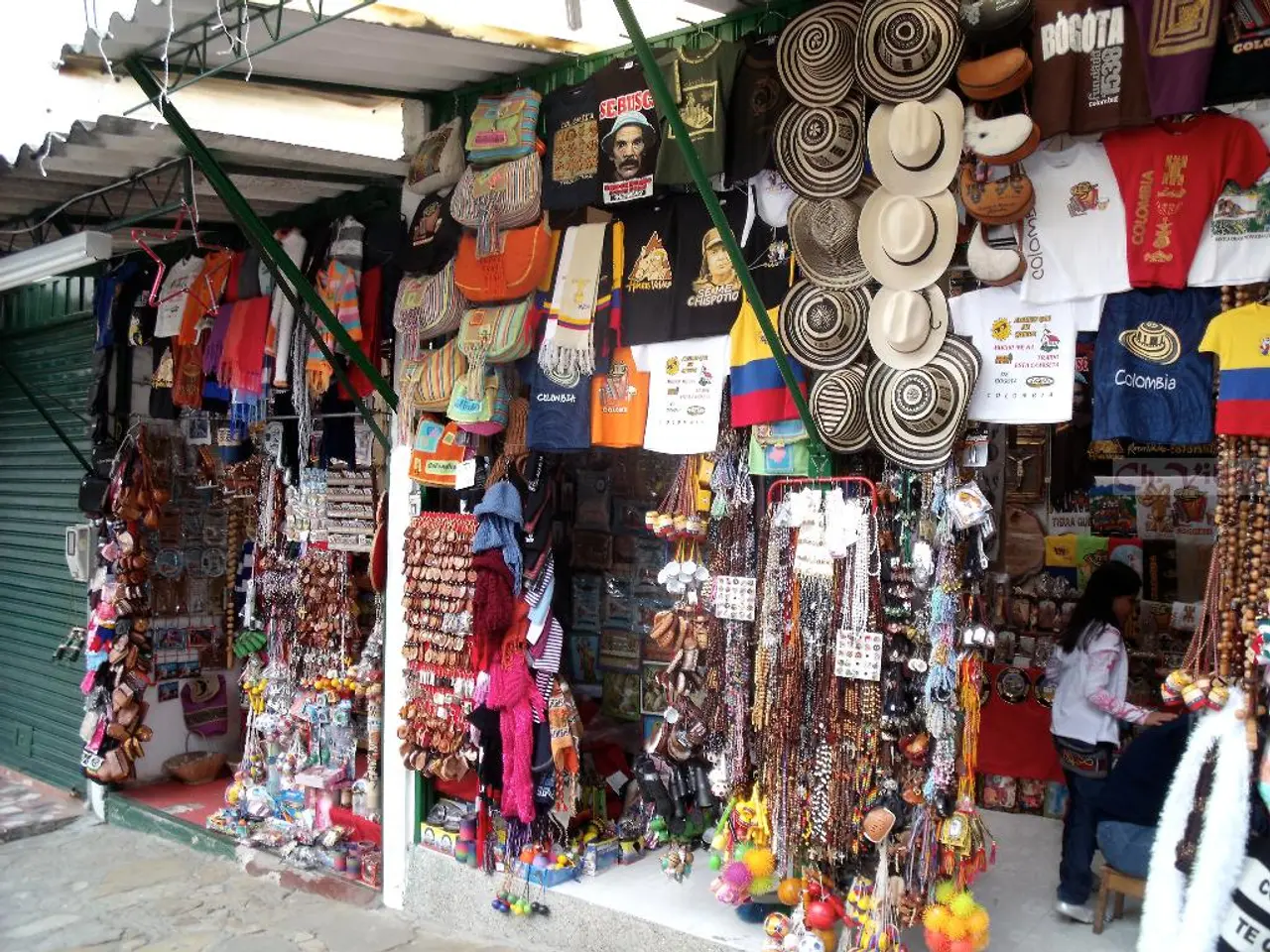Method for Tagging Garments for Elderly Care Facilities
In a nursing home, maintaining organisation is key to ensuring the comfort and well-being of both residents and staff. One simple yet effective way to achieve this is through proper labeling of clothes.
Clear and bold labeling is crucial for legibility, ensuring staff can easily identify the owner of each garment. Including clear and large fonts ensures easy reading of labels, while using durable and easy-to-read materials, such as fabric markers or iron-on labels, helps labels withstand frequent washing.
Sew-in labels are another reliable option, offering clear, bold fonts and allergy icons if needed. These labels, attached on the inside collar or waistband, provide a long-lasting solution for labeling nursing home clothes.
Proper labels can make life more organised for both residents and nursing home staff. A well-labeled item should include the resident's name, allergies, special instructions, and room number. Allergy information helps nursing home staff take necessary precautions for residents with specific allergies, while including the room number helps the staff easily return clothes to the correct resident.
Labeling outerwear like jackets, sweaters, and coats first is recommended as they are more likely to be removed and can easily end up misplaced. Regularly check and replace labels as needed, especially after laundry cycles, to maintain clear identification.
Bulk orders can lead to lower costs per label due to discounts. The cost range for labeling clothing for nursing homes typically varies from about £0.02 to £0.16 per label, depending on the label type and customization options. Key factors influencing the cost include the label type, customization and design, order quantity, durability and material, production and turnaround time.
While pricing depends largely on these factors, the most economical are simple washing/care labels around £0.02 each, while more detailed woven or personalized sew-on labels cost up to £0.16 each.
Stick-on labels adhere well to most fabrics and are customizable, with strong adhesive for regular washing. These labels are a practical choice for nursing homes, offering a fuss-free alternative, requiring only household irons and labels that withstand multiple washes.
In summary, labeling clothes in a nursing home is essential for easy identification and personalized care. By investing in quality labels that withstand frequent washing and the wear and tear of daily use, nursing homes can ensure their residents' clothes remain clearly identified and well-cared for.
Dementia patients in nursing homes might benefit from clear labeling, as it helps staff recognize a resident's belongings easily, reducing the risk of mix-ups or misplaced items. Fashion-and-beauty and home-and-garden products could also be labeled clearly, aiding residents with memory loss in maintaining a sense of personal identity and familiarity in their living spaces.






